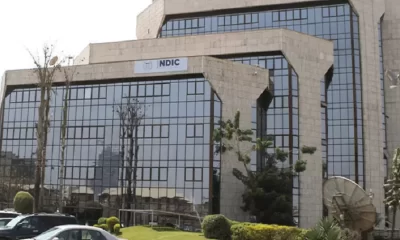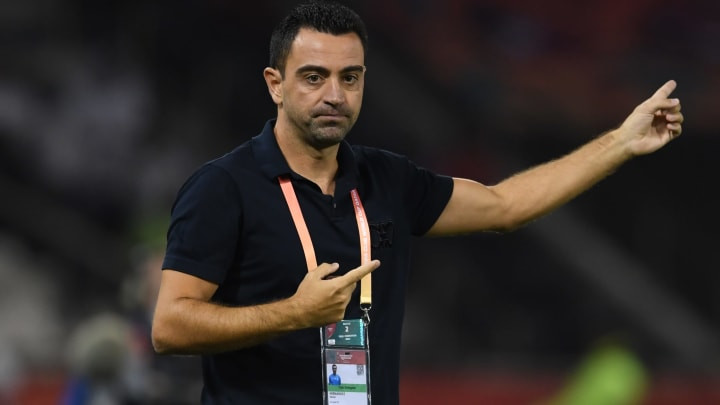If Xavi sticks to a 4-3-3 system as Laporta prefers, he will need to pair Eric Garcia with Ronald Araujo at centre-back. Garcia can step up and play comfortably in midfield areas, while Araujo has the speed to get back and stop counterattacks.
The coach will look for width, with Ousmane Dembele and Ansu Fati pinned to the flanks once both are fit, while Raheem Sterling has been linked as a transfer target.
![Xavi Barcelona XI GFX]()
If he opts for a 3-4-3, it will give Barcelona the chance to use two defensive pivots, in Busquets and Frenkie de Jong, as well as both Pedri and Gavi, the green shoots of the club’s midfield.
So far, so good. But there must be some downsides, or Xavi would have been appointed long ago. He has never managed to win the Asian Champions League, a similar problem to Barcelona in Europe over the past half-decade.
His team fell to a 4-1 defeat in the semi-final first leg against Al-Hilal, and although they won the return 4-2, it was not enough to progress.
![Xavi Barcelona XI GFX]()
“The expectation for Al-Sadd has always been to win the league,” Qatari football expert Sudesh Baniya told Siempre Positivo podcast.
“Under Xavi, they won the league for the first time last season and they are in pole position now. They don’t consider it enough of a challenge and want to reach the Asian Champions League level.”
Laporta was sceptical about Xavi’s lack of experience at higher levels, but desperation and a lack of other strong options have led Barcelona to this point.
It remains to be seen how Xavi will deal with coaching his former peers – Jordi Alba, Sergio Busquets, Gerard Pique and Sergi Roberto – and if he is brave enough to phase them out if necessary.
There are potential pitfalls both within him and in the club’s dire situation on the pitch and in the bank, but on paper, Xavi is the man to guide Barcelona sharply back to the path they are desperate to walk along.

 Politics6 days ago
Politics6 days ago
 Business4 days ago
Business4 days ago
 News7 days ago
News7 days ago
 Business1 week ago
Business1 week ago
 Latest1 week ago
Latest1 week ago
 Crime1 week ago
Crime1 week ago
 Business4 days ago
Business4 days ago
 Business4 days ago
Business4 days ago



